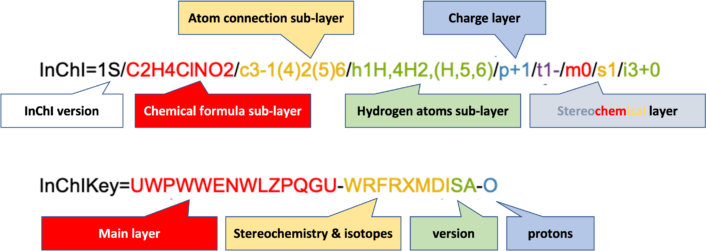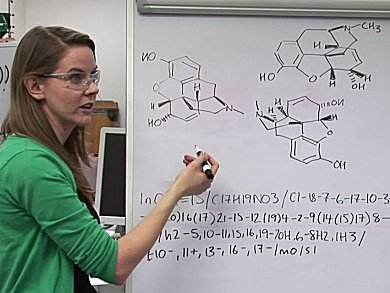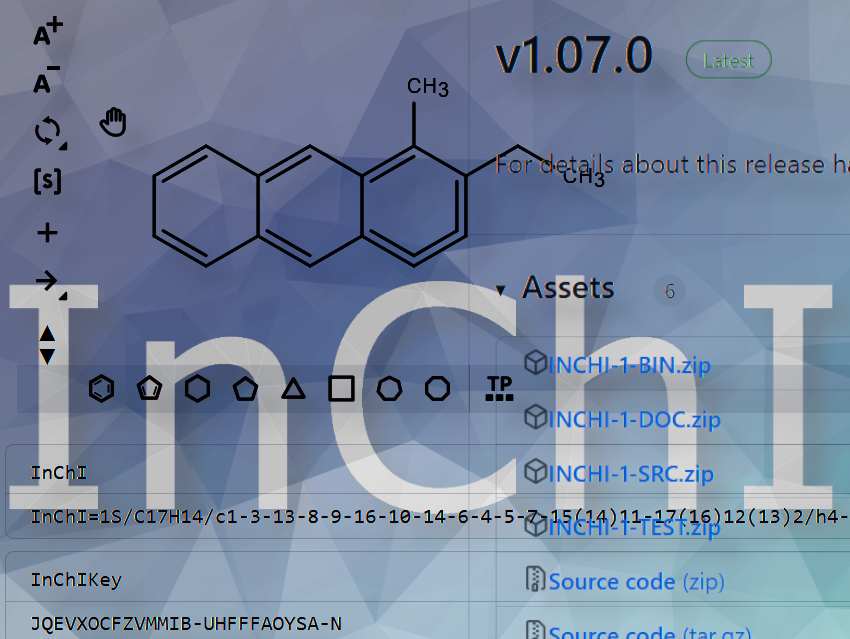For over 20 years, InChI (International Chemical Identifier) has uniquely identified chemical structures in databases, journal articles, and supplier catalogues, across the web. It hels quickly determine if a chemical compound in a library is present in an internal repository or match data about chemical compounds across different databases. Reliable standards like InChI are essential for the FAIR principles (Findable, Accessible, Interoperable, Re-usable) in chemical data exchange. InChI is developed under the overview of IUPAC (International Union for Pure and Applied Chemistry) with support from the InChI Trust.

Previously maintained by one expert, Igor Pletnev, his passing in 2021 highlighted the need for a more open development model. So now the InChI has moved its core code and development framework to GitHub. This transition enhances transparency, collaboration, and reliability, supports future expansions, and promotes broader adoption. For example, it enables the InChI standard to include inorganic and organometallic compounds.
The first milestone, version 1.07, has been approved by IUPAC and the InChI Trust and is now available for download on GitHub. The new version can be tested using a web demo, allowing users to draw chemical structures and calculate InChIs directly in the browser without sharing data externally.
GitHub’s open platform provides a robust test suite, allowing organizations to compute and test data behind their firewalls, ensuring objective and transparent quality criteria. These tests help maintain high-quality standards, facilitate collaborative development, and ensure that any updates or extensions to the InChI standard are reliable and effective.
- Further details and more information about InChI
- InChI web demo version on GitHub
Also of Interest

IUPAC launched interactive guide for digital chemical data – The FAIR Chemistry Cookbook

John Jolliffe, NFDI4Chem, on good research data management for chemists, electronic lab notebooks, their scientific benefits, and scientists’ fears

This video introduces the InChI standard – the International Chemical Identifier – to represent chemical structures




